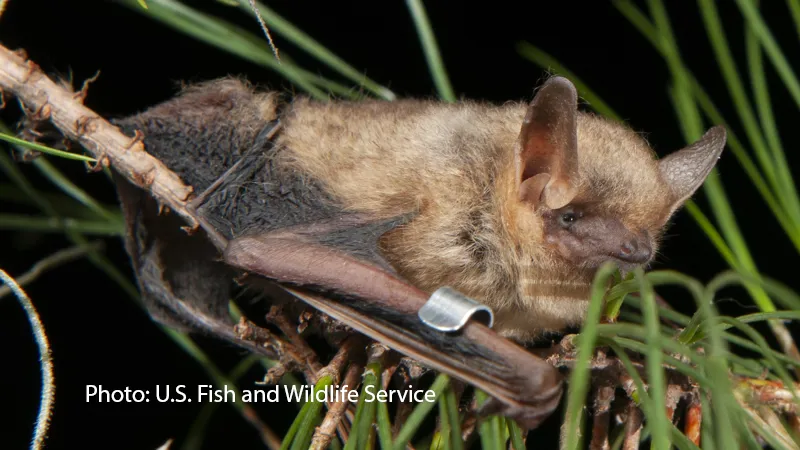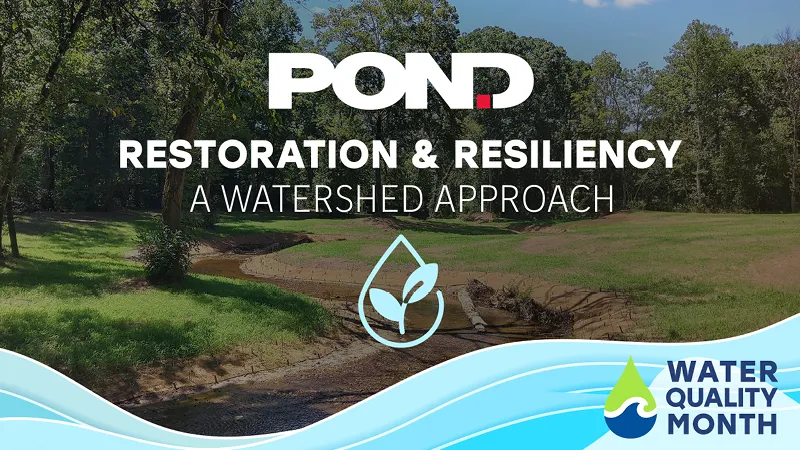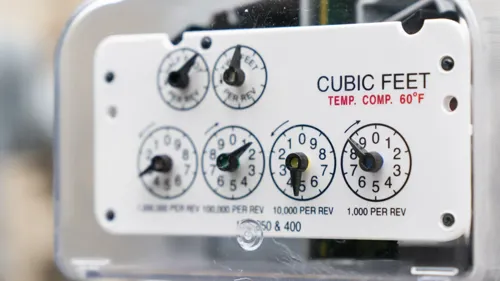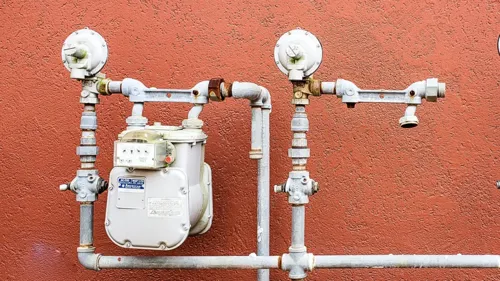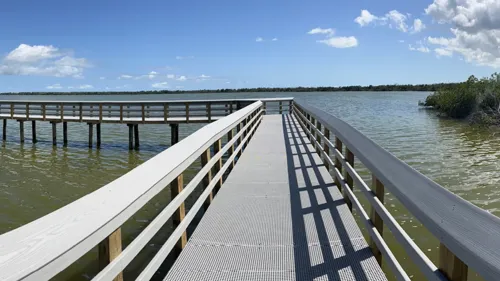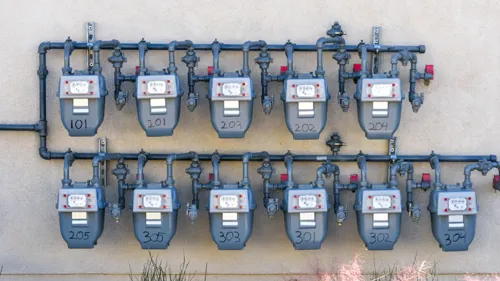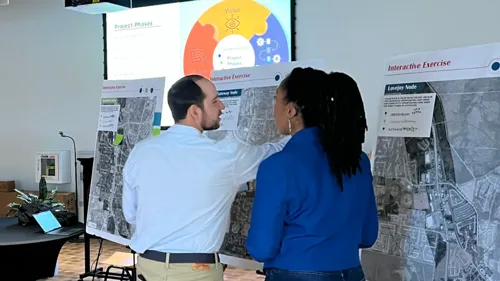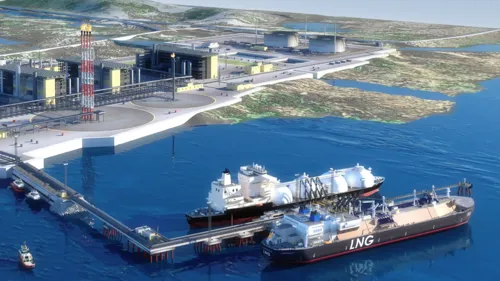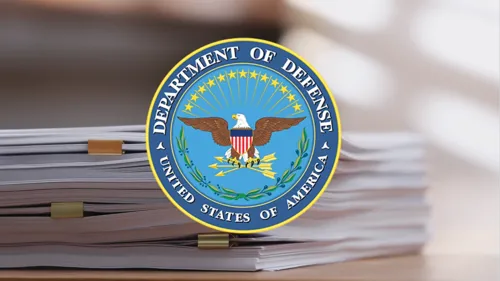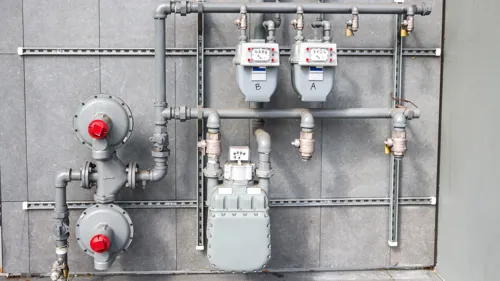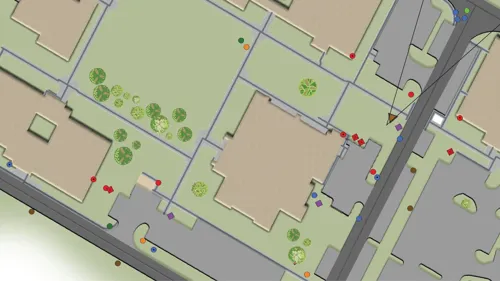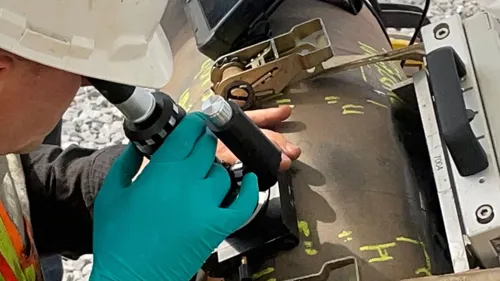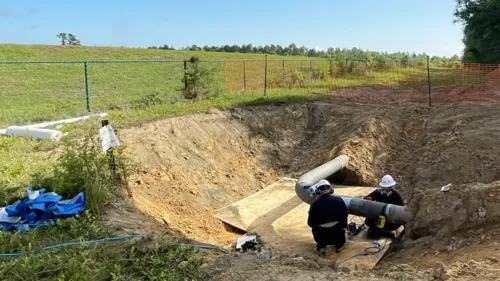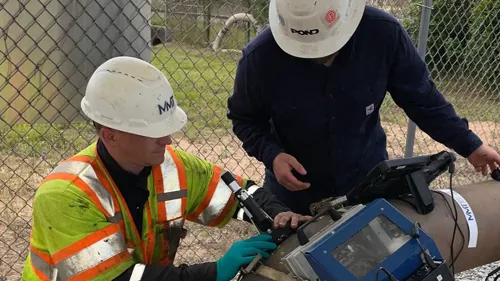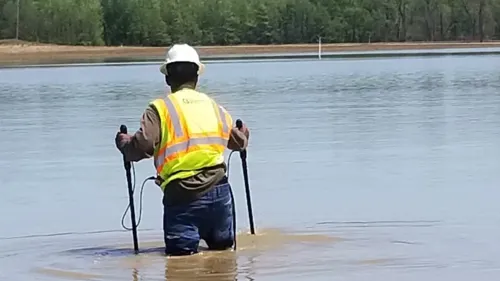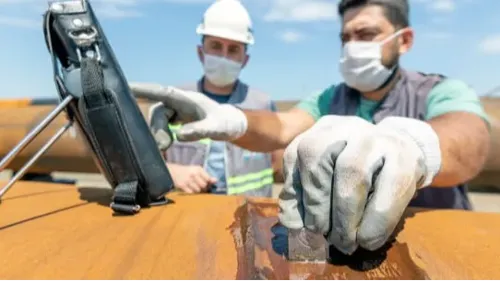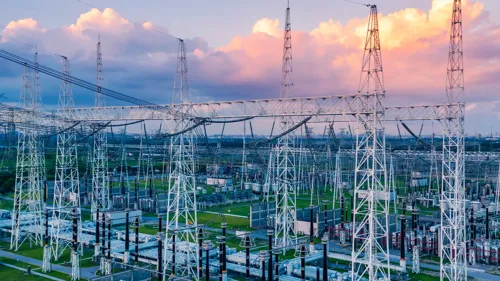Pond Provides Guidance on Clean Water Act Wetland Designation Following U.S. Supreme Court Decision on Sackett v. Environmental Protection Agency
 Author:
Author:
Clif Payne | Environmental Lead & Senior Scientist | clif.payne@pondco.com

On May 25, 2023, the United States Supreme Court handed down a decision on the Sackett v. Environmental Protection Agency (EPA) case, ruling in favor of petitioner Michael Sackett and bringing an end to nearly 20 years of protracted legal proceedings regarding actions taken on land owned by the Sacketts, uncertainty regarding the definition of waters of the United States (WOTUS), and the scope of waters falling within the jurisdiction of the Clean Water Act (CWA). The Court’s ruling on this case clarifies – and for the third time limits – the definition and geographic scope of wetlands subject to regulation in accordance with the CWA.
Read on to learn about the background on this important case, the implications related to the CWA, and how Pond’s environmental services professionals can provide guidance on practical outcomes of the ruling.
Background on Sackett v. EPA
The Court’s decision involves property owned by Michael and Chantell Sackett in Bonner County, Idaho, near Priest Lake, a navigable, intrastate body of water. The EPA considers Priest Lake a Traditional Navigable Water, which is a category of water uniformly considered a water of the United States. The Sacketts desired to build a house on their property, so they began backfilling their lot with dirt to accommodate the construction. However, the EPA informed the Sacketts that the property contained regulated wetlands because the wetlands were near a ditch that fed into a stream that ran into Priest Lake – and backfilling the wetlands equated to “discharging pollutants into the waters of the United States,” which, without a permit, constituted a violation of the Clean Water Act. The EPA threatened to fine the Sacketts $40,000 per day unless they restored the site. The Sacketts disagreed with the EPA and sued in federal District Court. The District Court entered a summary judgement in favor of the EPA and Idaho’s Ninth Circuit Court of Appeals also found for the EPA.
The case was elevated beyond the Ninth Circuit when the United States Supreme Court granted certiorari on January 24, 2022, heard the case on October 3, 2022, and decided on May 25, 2023 in favor of the petitioner and reversed and remanded the Ninth Circuit Court’s decision.
Supreme Court Ruling
The ruling by the Court limits the jurisdiction of the CWA to wetlands that have a continuous surface connection to water bodies that are clearly understood to be “waters of the United States” and which have no clear separation between the “waters” and wetlands.
Basics of the Court’s Decision
In reaching its decision the Court determined that for a wetland to be subject to regulation in accordance with the CWA it must be essentially indistinguishable from other adjacent waters of the United States. The Court further clarified that to assert jurisdiction, the following must both exist: 1) the adjacent water must be a relatively permanent water with a direct connection to traditional interstate navigable waters; 2) the wetland must exhibit a continuous surface connection to the adjacent other water making it difficult to distinguish where the water ends, and the wetland begins. The court’s decision is critical in that it altered or eliminated two key elements of the “Revised Definition of ‘” Waters of the United States’” (aka 2023 Rule) which was developed by the EPA and US Army Corps of Engineers (Corps) and published in the Federal Register on January 18, 2023. The key elements were the definition of “adjacent” and what was referred to as the “Significant Nexus Test”. On June 27, 2023, the EPA and Corps acknowledged their intent to amend the 2023 Rule by September 1, 2023, to align the rule with the court’s decision.
In reaching its decision the Court determined that for a wetland to be subject to regulation in accordance with the CWA it must be essentially indistinguishable from other adjacent waters of the United States.
Another important element of the court’s majority opinion was the acknowledgement that in some instances temporary interruptions of surface connections may occur due to natural conditions such as low tides and dry spells. Clearly, proximity and hydrologic relationships were key to the Court’s reasoning and those points are acknowledged in the amended rule as noted below.
Effect of the Court’s Decision
Though the Court’s decision limits the scope of wetlands subject to CWA regulation, it may have little or no effect on other key components of wetland project evaluations overseen by the Corps and the EPA. The Court did not alter the definition of a wetland nor the method or need for their delineation.
During the interim period, as the EPA and the Corps developed the updated regulations, certain delays may have occurred to project evaluations such as Approved Jurisdictional Determinations and interpretation of key factors including adjacency. Though Significant Nexus Determinations may not have been decisional components during this interim period, additional project evaluation time was likely required for wetland delineations and jurisdictional determinations as hydrologic features such as tidal cycles, atmospheric features such as dry spells, and the proximity of wetlands and other waters were considered in light of a project’s landscape position and the Court’s decision.
Scope of Analysis related to the National Environmental Policy Act (NEPA), the Endangered Species Act (ESA), and National Historic Preservation Act (NHPA) may also be called into question which may result in altered paths of federal analysis. Though the Court’s decision was not intended to alter existing state or municipal regulations, it is possible that such programs could flex because of the decision.
Though the Court’s decision could have a notable influence on your project, it’s important to remember that the Pond Environmental Services team of experts is closely monitoring and conversing with representatives of the federal agencies to remain abreast of the latest interpretation of guidance and to ensure the team is positioned to facilitate client understanding and balanced agency evaluations and decisions.
EPA and Corps Amended 2023 Rule
On August 29, 2023, the EPA and Corps amended the 2023 rule, which defined WOTUS, to align the amended rule with the Supreme Court’s decision. The changes to the rule relate to the jurisdictional categories of waters and relevant definitions found at 33CFR328.3 The amended rule clarifies the following: that interstate wetlands are not considered interstate waters; removed the significant nexus text when considering federal protection for tributaries and other waters as (a)(3), (a)(4), (a)(5) waters; removed wetlands and streams from consideration as other waters; and revised the definition of adjacent and eliminated the definition of significant affect. While each referenced change is highly relevant, clarifying the definition of adjacent to mean that there must be a continuous surface connection between the wetland and surface water, is a key operational factor that may be subject to nuance by agency practitioners. The clarity which will be gained from the amended rule, should allow stakeholders to transition from a holding pattern to a more defined path for project evaluation. The conforming rule will become effective once published in the Federal Register.
The clarity which will be gained from the amended rule, should allow stakeholders to transition from a holding pattern to a more defined path for project evaluation.
While the Court’s decision does limit the scope of wetlands subject to the CWA jurisdiction and the EPA and the Corps have amended the rule, the federal regulatory arena will remain a very complex and fluid operating environment for many projects. Is your project one that will be influenced and if so, how substantial is the impact?
Pond’s Expert Guidance on Wetland Delineation, Jurisdictional Determination, and Permitting
By engaging Pond’s environmental services professionals, clients receive expert assistance and guidance in determining if the Court’s decision will influence their critical projects – all while the Pond team is working to maintain project goals and outcomes.
Providing knowledge and experience in wetland delineations, jurisdictional determinations and wetland permitting, and project management are critical strengths of Pond’s environmental services professionals. Our team has provided such expertise for hundreds of projects subject to federal, state, or municipal regulations. Pond maintains exceptional expertise in interpreting such regulations to skillfully guide projects through required evaluations, within budget and in a timely manner.
Planning, permitting, and constructing a proposed development project can be complicated, especially when foundational regulations such as waterways of the U.S. are in flux. By turning to the environmental professionals at Pond, clients can rely on our expertise and experience to move a project forward with a quality outcome.
By engaging Pond’s environmental services professionals, clients receive expert assistance and guidance in determining if the Court’s decision will influence their critical projects.
To learn more about Pond’s environmental consulting services and how we can assist in interpreting the recent EPA and Corps regulatory guidance, contact Clif Payne, Environmental Lead & Senior Scientist, Environmental Services at Clif.Payne@pondco.com.
Clif’s many years of regulatory experience with the Corps of Engineers and his addition to the experienced Pond team will facilitate the desired end state for critical projects.
